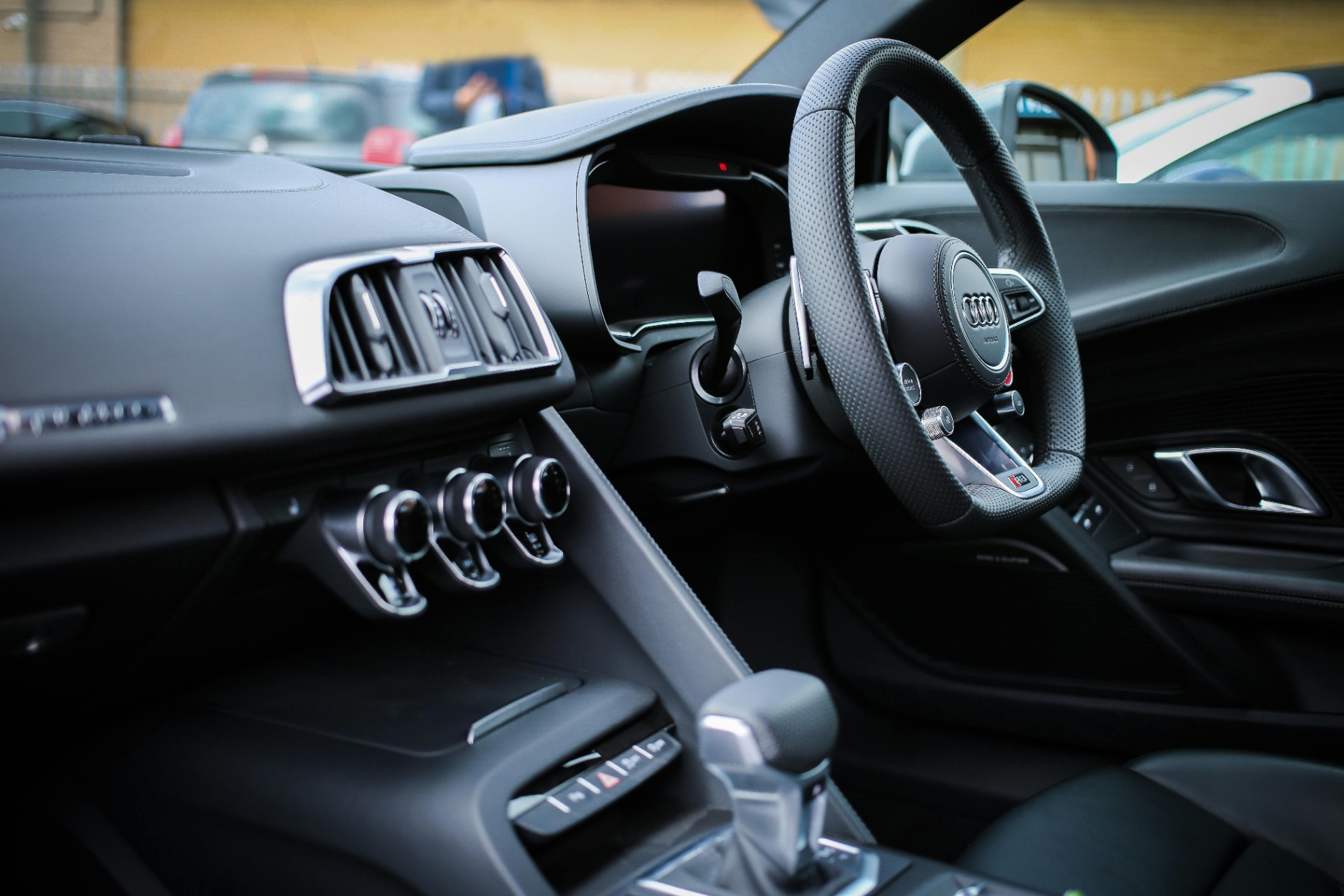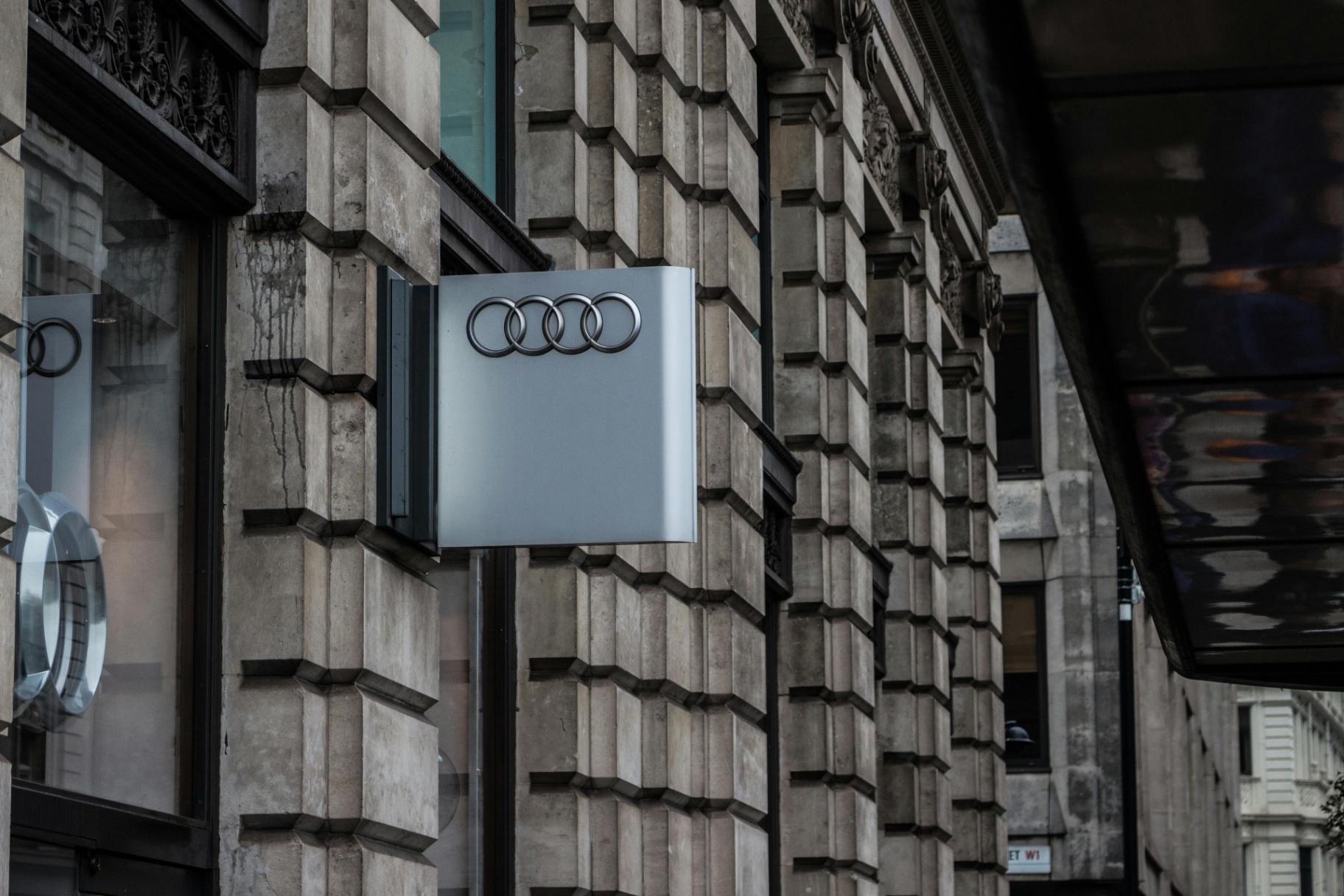
Since its inception, Audi has been synonymous with precision engineering and automotive luxury, but its history is marked by challenges, reinventions, and pivotal moments. It all began with August Horch, a visionary pioneer who, after being ousted from his own company, not only rose again but created a new brand that is now synonymous with innovation and performance.
The Birth of a Legend: August Horch
August Horch, a pioneer in the German automotive industry, was born on October 12, 1868, in the small town of Winningen, near the Moselle River. From a young age, he showed a keen interest in engineering and mechanics, leading him to study at the Technical University of Mittweida, where he excelled for his dedication and technical skills. During his university years, Horch not only gained theoretical knowledge but also engaged in practical projects that allowed him to apply his learning in real-world situations, thus solidifying his passion for innovation.
Horch's passion for innovation and his vision for the future led him to found his first automotive company, Horch Automobilwerke, in 1899. This company focused on producing high-quality automobiles and quickly gained recognition for its advanced mechanical solutions. However, his journey was not without obstacles and challenges that not only tested his determination but also prepared him for something greater. Among these challenges were financial difficulties, tensions with investors, and the constant need to stay at the forefront of technology in a rapidly evolving industry. Despite these obstacles, Horch remained steadfast in his conviction that innovation and quality were essential for long-term success.

Horch Automobilwerke: The Early Days
Horch Automobilwerke was founded in 1899 and quickly gained recognition for its mechanical innovations and advanced designs. The company not only focused on automobile production but also invested heavily in research and development to stay at the forefront of automotive technology. August Horch, with his talent and dedication, managed to position his company as one of the most promising in the German automotive industry. Under his leadership, Horch Automobilwerke introduced several innovative models that captured the attention of both consumers and industry critics. The company won numerous awards and accolades for its engineering and design excellence, solidifying its reputation as a manufacturer of high-quality automobiles.
Despite early successes, Horch faced conflicts with his own company's investors. Differences in the company's vision and direction led to growing tensions, as investors sought short-term profits while Horch was more interested in long-term innovation and quality. These discrepancies intensified over time, creating an unsustainable work environment. Eventually, irreconcilable differences in business philosophy led Horch to make the difficult decision to leave Horch Automobilwerke in 1909. This decision was not made lightly, as it meant leaving behind the company he had founded and in which he had invested so much effort and passion. However, Horch was determined to pursue his vision and continue innovating in the automotive field, leading him to seek new opportunities and challenges.
You might also be interested in: The other side of Porsche: Cars and armaments in Nazi Germany

The Transformation: From Horch to Audi
"Far from giving up, August Horch decided to start over with unwavering determination. In 1909, he founded a new company called Audi Automobilwerke, a name that was not chosen at random. The name 'Audi' is the Latin translation of 'Horch', which means 'listen' in German, thus symbolizing a new beginning and a new era in the automotive industry. This name change not only represented a personal rebirth for Horch but also a declaration of his commitment to excellence and innovation.
Under the Audi brand, Horch continued to innovate and create even more advanced automobiles, incorporating the latest technologies and cutting-edge designs. His ability to overcome failure and his perseverance were crucial in establishing Audi as a respected brand in the automotive market. Horch not only focused on the quality and engineering of his vehicles, but he also placed great emphasis on aesthetics and comfort, ensuring that every Audi automobile offered a superior driving experience. His vision and leadership inspired his team to reach new heights of creativity and excellence, allowing Audi to quickly gain a reputation for innovation and reliability.
The Birth of the Four Rings: The Formation of Auto Union
In 1932, Audi joined forces with three other automotive brands: Horch, DKW, and Wanderer, forming Auto Union. This merger was represented by the four interlocking rings that we know today as the Audi logo. Each ring symbolizes one of the founding brands, reflecting the union and collaboration between them. This alliance was not only a strategic move to face the growing competition in the automotive industry but also allowed the four brands to combine their strengths and specialties. Horch contributed its expertise in manufacturing luxury automobiles, DKW its knowledge in producing small vehicles and motorcycles, and Wanderer its skill in creating mid-size cars. Audi, for its part, contributed its focus on innovation and advanced engineering.
The union of these four brands significantly strengthened Audi's position in the German market and laid the foundation for its future success. Together, these brands shared resources and technology, allowing them to compete more effectively in the industry. Collaboration among the companies facilitated the development of new technologies and the optimization of production processes, resulting in more advanced and efficient vehicles. Additionally, the merger allowed for greater research and development capacity, driving the creation of innovative models that captured the attention of the public and industry critics. This synergy not only enhanced Auto Union's competitiveness in the market but also established a legacy of excellence and cooperation that endures to this day.

Reconstruction and Resilience: Overcoming the Post-War Era
World War II left Auto Union in a devastating state. Many of its factories were destroyed by bombings, and production came to a complete halt, resulting in a significant loss of resources and industrial capabilities. Employees found themselves without work, and the company's infrastructure lay in ruins. However, the company's resilience and ability to adapt to adversity were key to its reconstruction. Auto Union's management, along with its engineers and workers, united with a common goal: to rise from the ashes and restore the company to its former glory.
The factory in Ingolstadt played a crucial role in reviving production. This plant, located in Bavaria, became the epicenter of the reconstruction efforts. With a spirit of perseverance and a clear vision for the future, Auto Union not only managed to survive but also thrived in the post-war years. New technologies were implemented and production processes were improved, allowing the company to regain its market position. Additionally, strategic alliances were formed and investments were made in research and development to innovate in automotive design and manufacturing. These efforts laid the foundation for the rebirth of Audi as a leading brand in the automotive industry, distinguished by its quality, innovation, and reliability.








